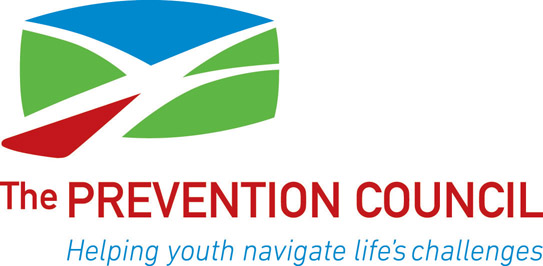Prevention-related news
Overdose Awareness Vigil held in Saratoga Springs as Capital Region communities grapple with OD spike
Seen on: CBS 6 Albany Monday, August 28th 2023 Overdose [...]
Saratoga County’s Tuff E-Nuff 5k fundraiser looks to bring fun to Capital Region
Seen on: WNYT Saturday, May 26th 2023 Saratoga County’s Tuff [...]
‘Right Under Your Nose’ helps parents catch up to substance use trends
Seen on: WRBG Channel 6 Saturday, May 13th 2023 'Right [...]
Greenfield offering ‘Right Under Your Nose’ and Narcan training class
Seen in: The Saratogian.com Tuesdeay, July 7, 2023 Saratoga County [...]
Saratoga County unveils new tool for substance abuse surveillance
Seen in: MSN.com Tuesdeay, July 7, 2023 Saratoga County unveils [...]
Healing Springs part of new program Coordinated Opioid and Stimulant Treatment (COAST)
Seen in:Spectrum News Wednesday, June 29, 2022 SARATOGA SPRINGS, N.Y. [...]
